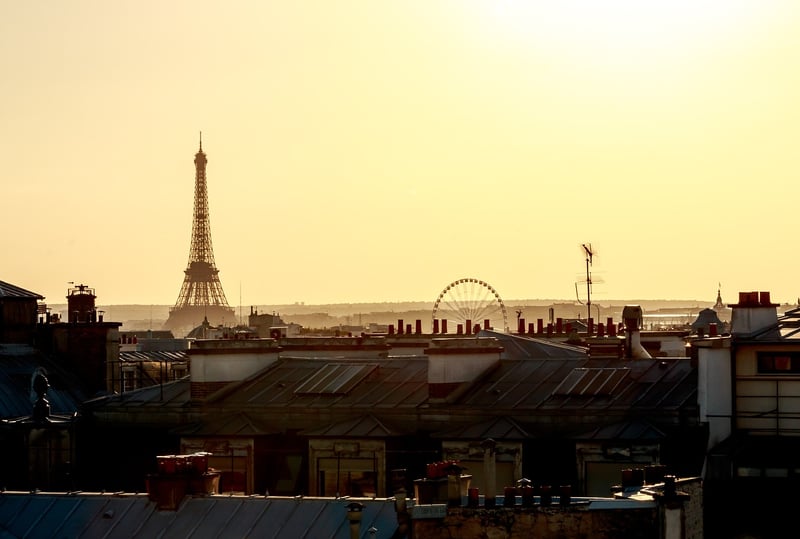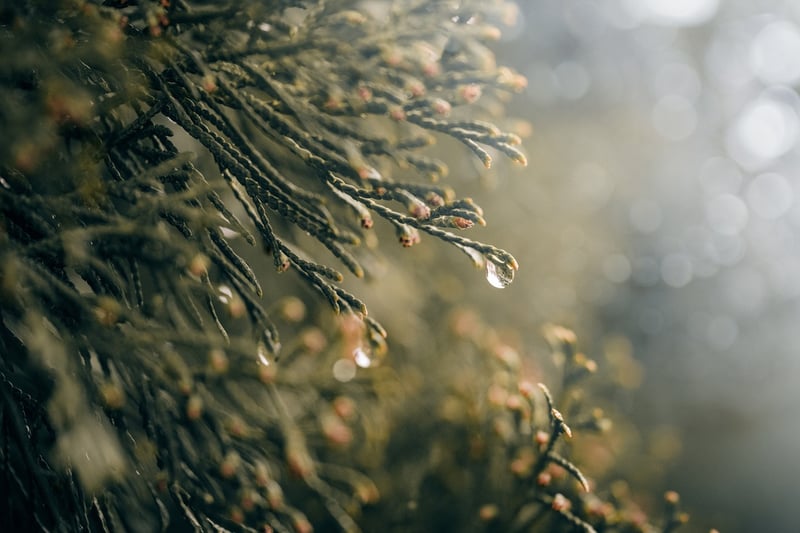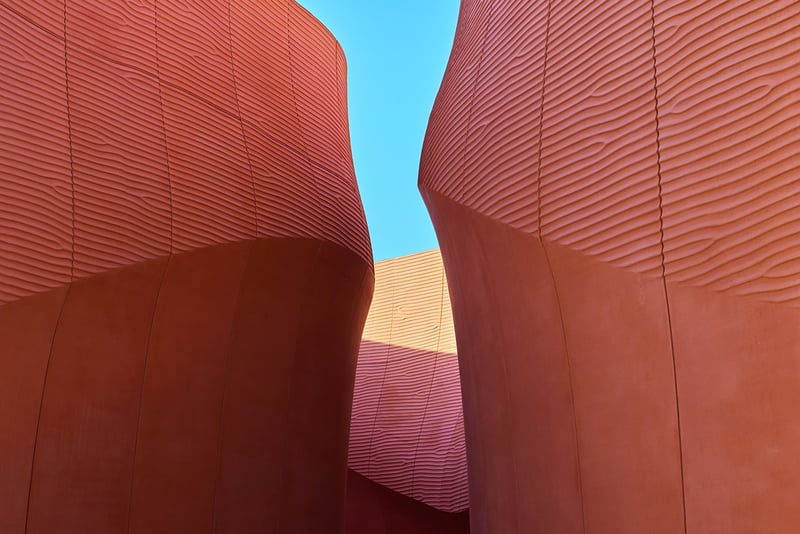Biophilic Design
Innovative Solutions for Greener Spaces + Biophilic Design
The Importance of Green Spaces
Green spaces play a crucial role in promoting environmental sustainability, human well-being, and biodiversity. They provide a sanctuary in urban areas, improve air quality, reduce noise pollution, and offer recreational opportunities for communities.
Biophilic Design
Biophilic design is a concept that integrates nature and natural elements into the built environment to create healthier and more productive spaces. It focuses on enhancing the connection between people and nature through the use of natural light, vegetation, and materials.
Innovative Solutions
1. Green Roofs
Green roofs are an excellent way to utilize underutilized space on rooftops. They provide insulation, reduce energy costs, absorb rainwater, and create habitats for birds and insects. Green roofs also improve air quality and help mitigate the urban heat island effect.

2. Vertical Gardens
Vertical gardens are an innovative solution for adding greenery to limited spaces. By growing plants vertically on walls or structures, they help improve air quality, reduce indoor temperatures, and enhance the aesthetics of buildings. Vertical gardens also provide habitat for beneficial insects and birds.

3. Rain Gardens
Rain gardens are designed to capture and absorb rainwater runoff from roofs, driveways, and other impermeable surfaces. They help reduce water pollution, recharge groundwater, and support native plant species. Rain gardens also add visual interest to outdoor spaces.

Conclusion
By incorporating biophilic design principles and innovative solutions like green roofs, vertical gardens, and rain gardens, we can create greener, more sustainable spaces that benefit both people and the environment. These initiatives not only enhance the beauty of our surroundings but also contribute to a healthier and more resilient ecosystem.
